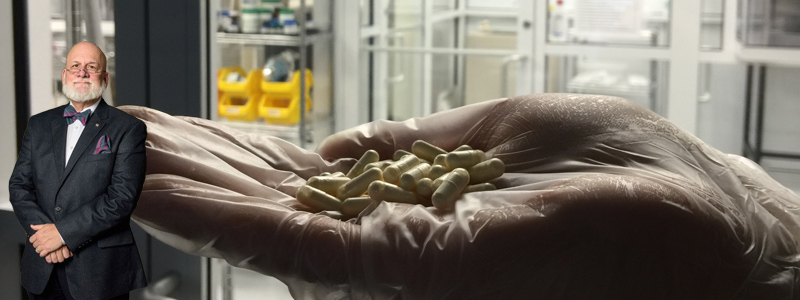After numerous adjustments, Dr. Bernard Bihari decided that 3mg of Naltrexone Hydrochloride at bedtime was able to enhance a patient’s response to infection by HIV, the virus that causes AIDS. As the commercial versions of Naltrexone Hydrochloride available are in the 50mg range, Dr. Bihari referred to his treatment as Low Dose Naltrexone, or LDN.
In the mid-1990’s, Dr. Bihari found that patients in his practice with cancer (such as lymphoma or pancreatic cancer) could benefit, in some cases dramatically, from LDN. Additionally, people who had an autoimmune disease (such as lupus, multiple sclerosis, arthritis, etc.) often showed prompt control of disease activity while taking LDN.
As more people used LDN, the suggested low dose shifted and many people claimed better results at 4.5 mg, though specific studies had not been conducted to prove which doses are indeed best.
Compounding pharmacies that make LDN will usually agree that they prepare numerous strengths of LDN, ranging from 0.5mg to well over 5mg, but the vast majority remain at 3.0mg or 4.5mg.
Some doctors prescribe a dose of 1.5mg that the patient uses in varying amounts until they decide that one strength is preferred over others; beginning at 1.5mg and adding 1.5mg every 7 to 10 days. After the trial period, the doctor prescribes the most appropriate strength – usually 3mg or 4.5mg.
LDN is safe for regular use – probably much safer than the commercial doses, which can easily be 50 to 100 times more powerful than the LDN.
What would happen if a person accidentally or intentionally took two LDN capsules instead of one? Probably nothing of consequence – even if it happened repeatedly.
The exact mechanism of LDN action is not known for certain, but it is somehow associated with an improved or balanced immune system. As with other drugs, using the lowest effective dose is preferred. Unlike most others, though, doubling the LDN dose would be, at most, just more costly.
While the common dosing is once daily at bedtime, some users report that once daily in the morning is also effective. And, finally, there are those people who find that a dose in the morning and another at bedtime best meets their needs.
Who’s right? All of them.
Work with your doctor and use a strength that meets your need and take it when you think it’s best. It’s your life, your problems, and your solutions.

